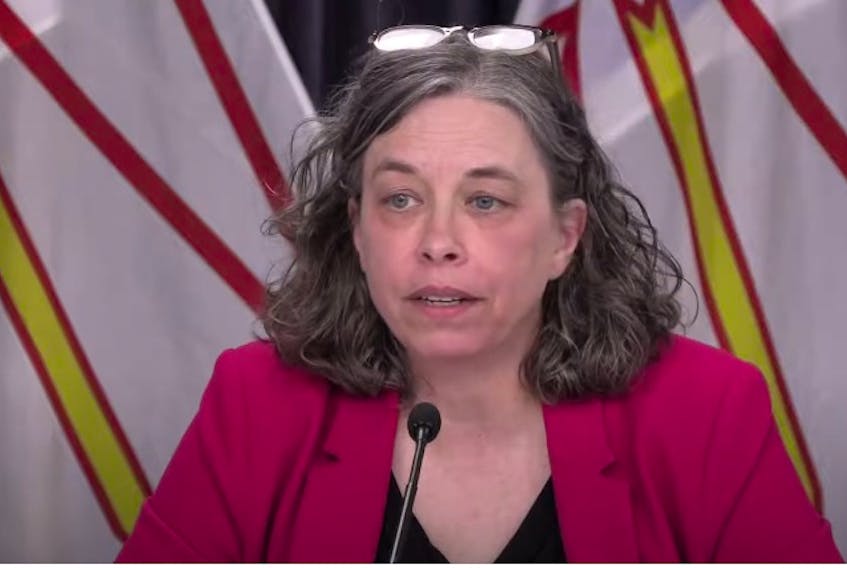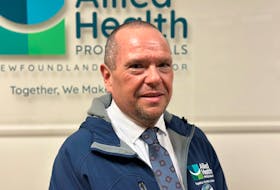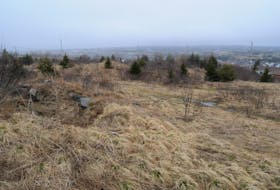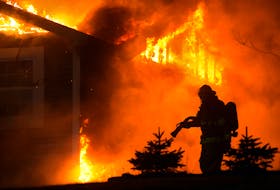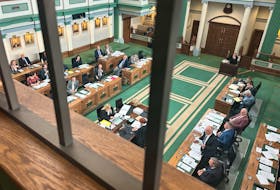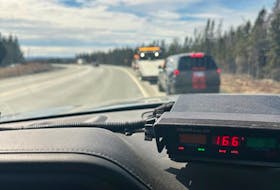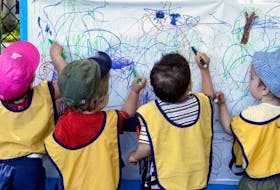ST. JOHN'S, N.L. — Newfoundland and Labrador's K-12 school system will return in September, with three scenarios outlined for teaching during the COVID-19 pandemic.
The priority for the school system is to resume in-class learning as much as public health measures will allow, depending on any possible spread of COVID-19 through Newfoundland and Labrador when classes resume.
The plan, developed by the Department of Education and Early Childhood Development along with the Office of the Chief Medical Officer of Health, will be adjusted as September draws nearer. At that point, the plan will be regionalized, with different school functions available depending on COVID-19 prevalence.
“Return to in-class learning in school may vary across the province, dependent on the situation with COVID-19 in the local area. A localized model is best as it allows for consistency, stability and equity, regardless of the region in which students live,” reads the document.
“Those areas with minimal cases and lower risk may continue with in-class instruction more fully than areas with more COVID-19. The intent is to avoid a provincial ‘shutdown.’”
To help students and teachers in the coming school year, the province will spend $20 million on laptops for teachers and Chromebooks for those in Grade 7 and above.
“Physical distancing is a useful public health measure to help prevent the spread of disease; however, in a controlled school environment, where two metres is not possible between desks, the greatest possible spacing is recommended." — Report on plan for school re-opening
Physical distancing is encouraged in the re-entry plan, but shouldn’t disrupt the daily routines of students, the government says.
“Physical distancing (two-metre spacing) is a useful public health measure to help prevent the spread of disease; however, in a controlled school environment, where two metres is not possible between desks, the greatest possible spacing is recommended,” reads the report.
“However, the daily school routine should not be disrupted to accommodate smaller classes for physical distancing.”

Dean Ingram, president of the Newfoundland and Labrador Teachers’ Association (NLTA), says class sizes were a problem before the COVID-19 pandemic, and the concern only grows as the pandemic continues.
“There are things we knew before COVID-19. If class size mattered three years ago and was a concern for parents prior to the impact of a global pandemic, it should matter now more than ever,” he said.
Ingram cited other jurisdictions that have a maximum class size of 15 students in their re-entry plans. There are no such recommendations in the re-entry plans outlined by the government.
“I’ve also been assured that the NLTA will be provided with an opportunity to meet with the chief medical officer of health and her office to discuss our public health concerns,” said Ingram.
Progressive Conservative education critic Craig Pardy, a former school administrator in the Clarenville school system, says he’s not sure why more strict physical distancing guidelines are missing from the plan.
“I wouldn’t say there were too many expecting students to return to class conceivably as large as 26 students. I would think the operationalizing of the physical distancing is going to be a challenge with the plan as it exists,” said Pardy.

“Through the document, it’ll often say ‘may,’ or ‘to the extent possible’ create physical distancing. To me, that leaves it wide open.”
New Democratic Party education critic Jim Dinn, a former NLTA president, says more attention to cleaning and sanitization will be needed for a safe September.
“Insufficient cleaning staff and the practice of not replacing cleaning staff when they are absent due to illness was already a challenge prior to COVID-19. Now the Department of Education is asking teachers, parents and students to trust that schools will be properly sanitized to prevent the transmission of COVID-19,” Dinn stated in a news release.
“This will ultimately come down to a question of adequate resources. I’m not convinced schools will have them. My greatest fear is that teachers and parents will once again have to do their best to make an under-resourced system function properly and safely.”
Students with exceptionalities a priority
The plan for students with exceptionalities aims for more in-school time than for other students. The first, lowest-risk scenario will see schools review the 2019-20 school year, with mental-health supports in place. The second scenario will see 100 per cent in-school participation, with mental-health supports also in place. In the third, highest-risk scenario schools are directed to “consider and enable the full participation and inclusion of students with exceptionalities,” while offering at-home learning. Specialized supports, such as speech language pathologists, will be required for students with exceptionalities, including those with disabilities, to support at-home learning.
Masks optional, but encouraged
As it stands, those returning to school will not have to wear a mask in order to attend classes. Fitzgerald says things can get complicated if a full order to wear masks were introduced in the school system.
“If we order it, then if you’re not wearing a mask, you’re in contravention of the order and subject to a fine. That’s something you have to think about when you’re making orders like that. There may be reasons why people can’t wear masks,” said Fitzgerald.

“The evidence that’s out there, in low-prevalence situations, the benefits of wearing a mask are not the same as if you’re in a high-prevalence situation. You have to consider that as well.”
Fitzgerald says anyone who wants to wear a mask is encouraged to do so.
“If we get to a point where we have higher prevalence and we have to consider mandating wearing masks, then that’s something we’ll have to consider at that time,” she said.
Effect on children still unclear
Children can contract COVID-19 and there have been reports of children dying from the illness elsewhere in the country.
Fitzgerald says it’s still unclear just how dangerous the coronavirus is to children, but the current science suggests they face less risk than the older population.
“In general, children tend to have less severe forms of the disease. In fact, there is a significant proportion of children who test positive but remain asymptomatic. We have seen that here in this province, as well,” said Fitzgerald.
“We know that in general children tend to have less severe forms of the disease and tend to be less effective at transmitting it than, say, if you compare to influenza, where they’re actually very good at transmitting it.”
@DavidMaherNL

